
The Evolution of Watchmaking: Techniques and Innovations Through the Ages
Takeaways

1. The Origins of Timekeeping
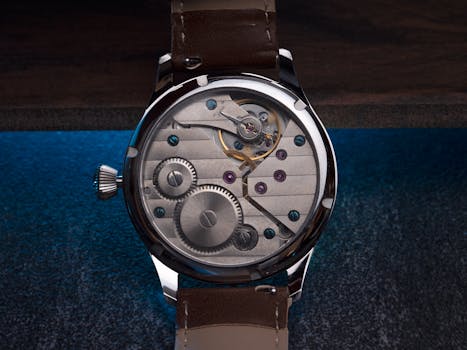
As societies evolved, so did their need for more precise timekeeping. In the Middle Ages, mechanical clocks began to emerge in Europe, driven by advancements in engineering and mechanics. These early clocks were often large, installed in church towers, and operated using gears and weights to measure time more reliably than their predecessors.
2. The Birth of the Mechanical Watch
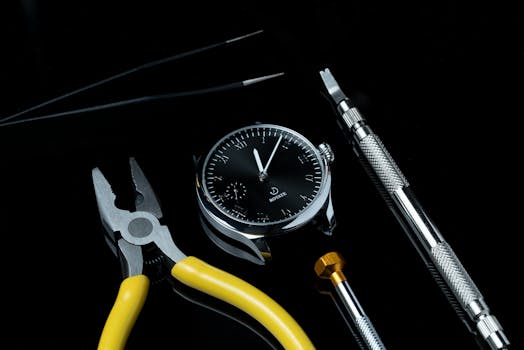
One of the key advancements in mechanical watchmaking was the introduction of the mainspring, which allowed watches to be powered by a coiled spring rather than weights. This innovation made it possible to create smaller, more accurate timepieces that could be worn on the wrist.
The escapement mechanism, which regulates the release of energy from the mainspring, was another crucial development. The invention of the balance wheel in the 17th century further enhanced accuracy, allowing watches to keep time more reliably than ever before.
3. The Age of Precision: 18th and 19th Centuries
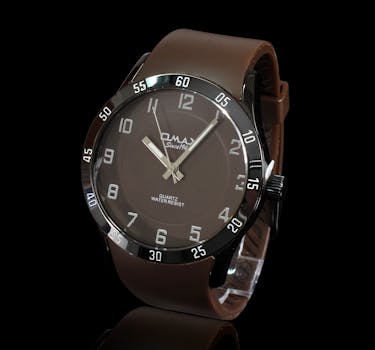
During this period, the concept of mass production also started to take hold. In the United States, companies like Waltham and Elgin began to produce watches on an industrial scale, making them more affordable for the average consumer. The introduction of interchangeable parts facilitated this process, allowing for quicker assembly and repairs.
Moreover, the development of the chronometer in the 18th century, which could maintain accurate time over long periods, revolutionized navigation at sea, further emphasizing the importance of precise timekeeping.
4. The Quartz Revolution
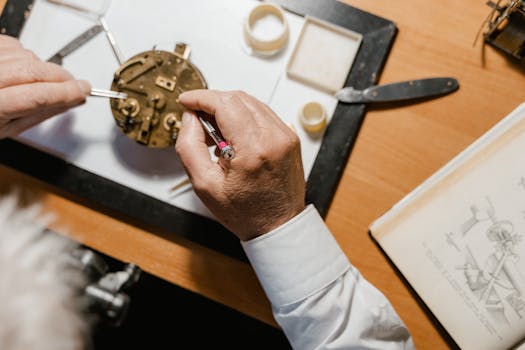
The quartz revolution led to a significant decline in the mechanical watch market, particularly affecting traditional Swiss watchmakers. Many brands struggled to compete with the affordability and precision of quartz watches, leading to what is often referred to as the “Quartz Crisis.”
However, this period also spurred innovation within the mechanical watch sector, prompting brands to focus on craftsmanship, luxury, and unique designs to distinguish themselves from the mass-produced quartz watches.
5. Modern Innovations in Watchmaking
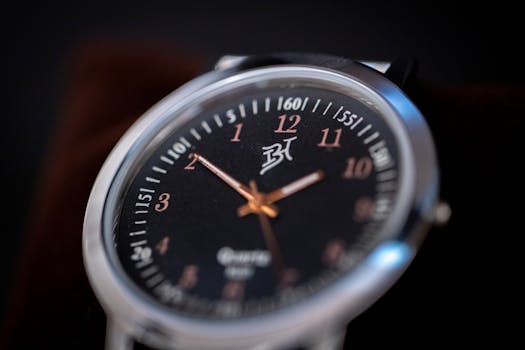
The resurgence of interest in mechanical watches has led to a renaissance in traditional watchmaking techniques. Brands are emphasizing artisanal skills, with many offering transparent views of their intricate movements through exhibition case backs. The appreciation for horology as both an art and a science is stronger than ever.
Furthermore, sustainability has become a focal point in modern watchmaking, with many companies striving to use ethically sourced materials and environmentally friendly practices in their production processes.






